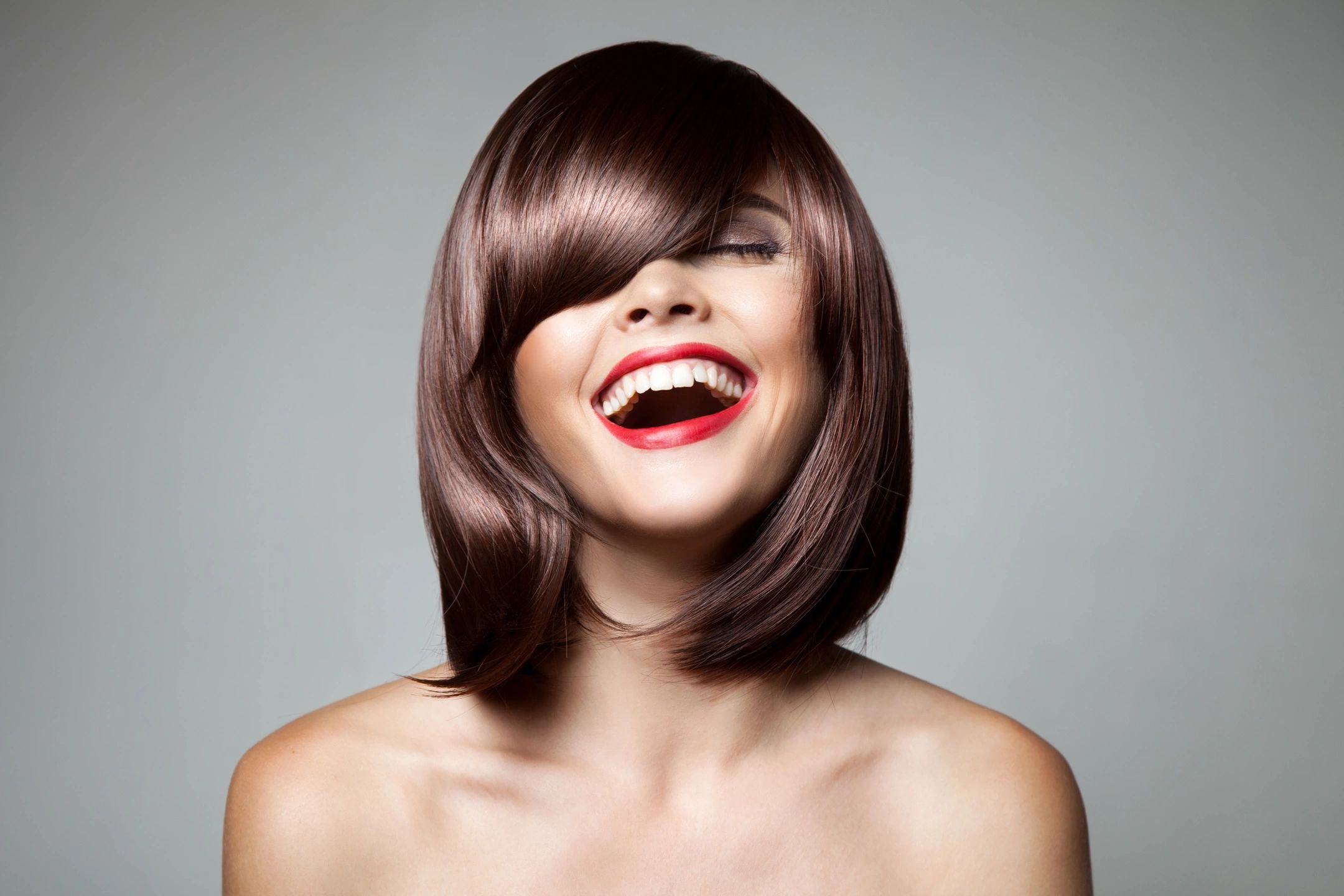For many, menopause results in hair loss. But unfortunately, the changes in hormones can affect the composition, structure and growth of your hair. So it’s not just hair loss but also hair thinning, dry scalp, hair breakage, rough hair, decrease in hair growth among other things. As estrogen and progesterone levels fall, androgens overpower and change the entire physiology of hair—scalp and hair follicles, during and after menopause.
The hair care products you use can have positive or negative effects. This is why we talked with some dermatologists who shared their hair care routines that they swear by to tackle the hair problems they experience. The best part about this guide is that everything is under $40 or $40.
1. Scalp sensitivity is heightened in women when they’re around 40 or over the age of 40. This can result in being allergic to a lot of different chemicals that are present in hair care products. Avoiding products with chemicals that may amplify scalp allergies is always the best option. Debra Jaliman, a New York board certified dermatologist, who’s been practicing over the past 25 years, recommends using Odele products. It can work for women who have a sensitive scalp and are allergic to a lot of different chemicals. That’s why Jaliman relies on Odele’s Ultra Sensitive line for a simple yet practical hair care routine that is very unlikely to irritate the skin. The fragrance-free products can also work for women with eczema-prone skin. The majority of the products are around $11.
2. The production of fatty acids and oils decreases in sebaceous glands due to hormonal changes making hair drier and more brittle. While dryness is common around this age, women with naturally coily/curly hair are more susceptible to hair dryness. Dina Strachan, a New York City dermatologist, says PHYTOSPECIFIC Rich Hydrating Shampoo works best for her kinky/curly hair. It can also work for women who may start to use dyes more often. Strachan prefers deep conditioning with a hydrating hair mask of the same brand or this Anti-Frizz Moisturizing Hair Mask – Redken All Soft Heavy Cream. For daily styling and conditioning Strachan uses PHYTOSPECIFIC Baobab Oil and KMS Hairplay Styling Gel.
3. Hair thinning is one of the most common issues women around or over the age of 40 face as hair follicles shrink. While hair loss and thinning are technically different, the terms are used interchangeably because as women lose hair, the hair volume overall decreases. However hair thinning has more to do with texture/density. Rebecca Kazin, MD, FAAD, uses a wide tooth comb for detangling wet hair and limits tying her hair into a tight ponytail. Cut out bleached highlights may help with a more fuller appearance of hair that’s getting thinner/finer. Kazin also takes supplements like oral minoxidil and spironolactone to treat hair shedding and thinning. For her frizzy hair, Kazin uses products from HairSanity that she formulated, tested and patented. The products are sulfate free, hypoallergenic and medicated.
There are tons of shampoos and conditioners on the market claiming their ability to fix dry and brittle hair. I spent a lot of money following that trail! Unfortunately, I have not found an effective option.
4. Coarse and damaged hair can be more demanding after hitting 40. It can be difficult to manage unruly hair that loses its shine and smoothness faster. With hormonal changes, women who are 40 or above are likely to notice the side effects of atmosphere/environment on their hair more. This can result in excessive dandruff and coarseness of hair. Shampooing frequently can worsen the condition for some so the trick is to wash once in a few days or a week with super hydrating shampoo with ingredients such as vitamin B5 that can strengthen bases of hair follicles for oil secretion. Lisa Chipps, MD, FAAD and Women’s Dermatologic Society spokesperson, recommends and uses Verb Hydrating Shampoo followed by a rich conditioner, L’Oreal Paris Natures Therapy Mega Moisture, to tackle dry hair. To keep her hair frizz-free in between washes, Chipps uses a drop of Enjoy Shine & Smooth to comb through.
5. While one-third of women experience hair loss in their lifetime, it’s two-third for post-menopausal women. Hair loss that results in bald areas/patterns is known as female pattern hair loss. As levels of estrogen and progesterone decline, the effects of androgens increase. Because hair follicles diminish during and after menopause, hair may become thinner. In these circumstances, hair grows more slowly and sheds more frequently. Susan Binder, MD, PC, applies Minoxidil daily to treat female pattern hair loss and opts for an antifungal shampoo to control dandruff. The main ingredients one would want in an antifungal shampoo are ketoconazole, ciclopirox olamine, climbazole, salicylic acid, selenium sulfide and coal tar. Oils like coconut oil, jojoba oil, tea tree oil and rosemary oil are also good to hydrate dry scalp. For routine washes, Binder uses Pantene pro-V repair and protect shampoo followed by the conditioner from the same line. It’s especially recommended for colored/damaged hair.
Your haircare routine would depend on the symptoms you’re experiencing pre or post-menopause. While the products used by these expert dermatologists would be great to start your haircare routine journey, it’s always through trial and error that we find out what works best for us.


Leave a Reply